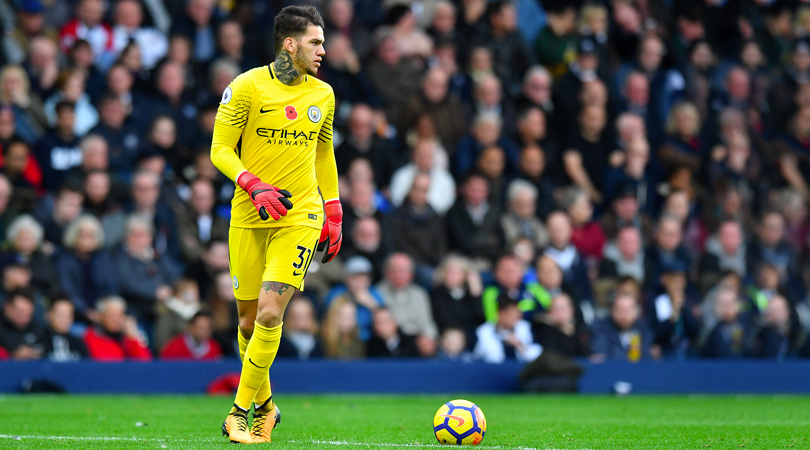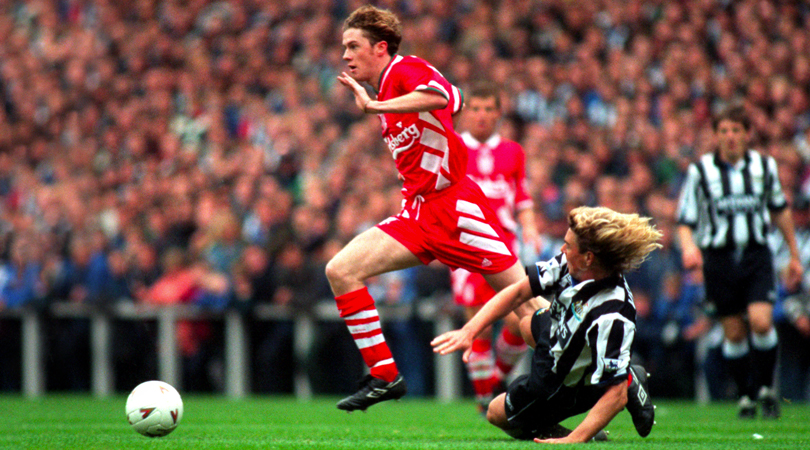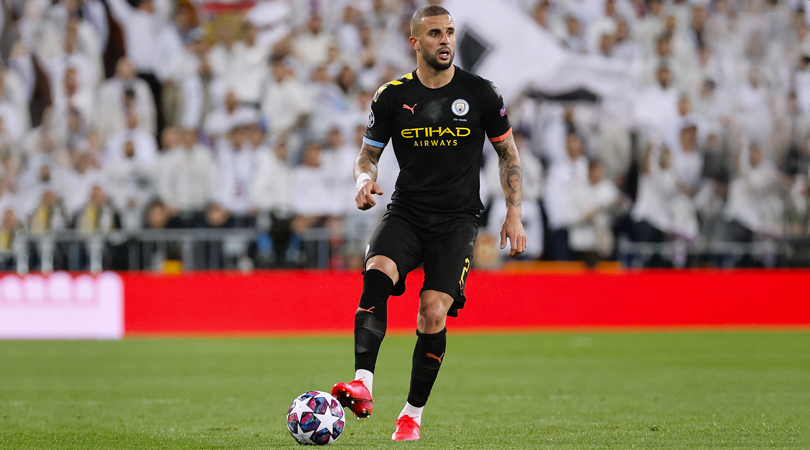Football's evolution laid bare as classic games get a second screening
Self-isolation and Premier League postponement is leading football fans to re-watch classic games together online. Old games provide nostalgia, but also highlight the great strides in tactical and atheltic evolution through the decades

With football’s ellipsis extending on endlessly, now probably isn’t the time to talk about evolution and improvement. At the moment, the game returning in any form would be a significant development, let alone in an altered state, and that isn’t expected to happen for many more months.
But football does move forward, as anyone who has been stuck at home watching archive footage should now be able to tell you. In fact, it advances at a remarkable pace and with great imagination.
There are the more obvious ways – in technology, in broadcasting, in the fabric and feel of the boots and balls – but also the trends which only become clear in hindsight. If, for instance, you watched an episode of Premier League Years from the early 1990s and then followed it immediately after with one documenting a more recent season, you would not only notice the superficial and synthetic contrasts, but also the altered mechanics of the game itself.

The types of goals scored are different. The way wingers beat defenders has changed. How teams move out of defence and build attacking moves has been re-thought.
Over the weekend, Jonathan Wilson wrote this article which – in its second act – wonders aloud whether head coaches might use this pause to redraw their battleplans. Quite probably so, because the game has always depended on ideological primacy. During its many eras, there has always been the presumption of invulnerability about the very best teams and the systems they depend on. Until, that is, those many myths are exploded by something new and better, and the old ways are exposed as sporting Shibboleth.
So, are Jose Mourinho, Pep Guardiola and the rest locked away in their offices, scribbling away under desk lamps in the dead of night? Why not. Nobody yet has a solution to what Jurgen Klopp and Liverpool are and that’s the kind of dominance which tends to inspire original thinking.
What comes next, then? How can the existing formulas and truisms be rewritten and contorted in a way which challenges that supremacy and redefines it?
Get FourFourTwo Newsletter
The best features, fun and footballing quizzes, straight to your inbox every week.
It's a very broad discussion which can be approached from a variety of angles. Perhaps the next great innovation will be tactical – a move away from symmetry, maybe, or the creation of some strangely offset position which occurs on the gridlines.
Or it will be positional. While it’s fascinating to think of the game’s high priests in long retreat, scheming away in isolation, evolution seems most likely to come from players learning how to do different things. That can mean ways of playing – with greater speed, more skill and higher stamina than ever before - but also refer to what they’re required to do within their own roles.
That’s always changing, whether we notice it or not. Less than twenty years ago, for instance, having a Claude Makelele-type at the base of a midfield was the height of fashion. It was actually a prerequisite. Within less than a generation, though, anybody occupying that role was required to have a much more eclectic range of abilities. Makelele wasn’t quite as negative as is remembered, but by today’s standards his distribution would still be seen as limited and unambitious. Frustrating, even.
Or think of the goalkeepers who are still only equipped with long-throws or booming punts. Consider how outmoded Peter Schmeichel might seem now, or how limited that old German archetype – the muscular, vending machine-shaped goalkeeper – would be. Those possessing genuine ability with the ball at their feet still comprise a relatively small group, but there’s certainly an expectation that a ‘keeper has to be able to pass to an extremely high standard. It's not an added bonus, it's actually part of the job specification and those who can't do it can only play for certain head coaches.
Goalkeepers are definitely part of the attacking armoury now. But as with any new technology, they are a weapon which is being understood gradually. Like a new games console or a new broadcasting format, the real worth comes in time, after proper exploitation. Logically, football should work in the same way. When Alisson arrows a pass out to Trent Alexander-Arnold or Andrew Robertson on the touchline at Anfield, that’s actually the beginning. It’s a first hint of an unlocked utility, not something which has been refined to the full extent of its potential.

The curiosity, then, is in what that complete realisation would look like – how will goalkeepers be used several years from now, when they’ve been bred to be ball-players, rather than just trained to pass out from the back. At that point, will Ederson Moraes just seem like an ordinary Fabien Barthez?
Further up the pitch, the more common use of a three-man midfield has given rise to shuttling players and put a premium on what, not so long ago, might have been seen as a fairly average skillset. How will that position change in time? What kind of solution will emerge from the sport’s talent pool and what will be the repercussion?
Or full-backs. It’s not really true to say that the attacking part of the position is new, but it has become far more pronounced over the last few decades. Think of it as footballing Darwinism: from being a fairly static piece on the board, the full-back first became an incendiary weapon, then – and increasingly – an outright playmaker. At the real apex of its curve, what will that look like?
What if managers haven’t even begun to understand what to do with them. What if over the coming years the positions where they receive the ball change dramatically, or a compensatory adjustment is built into formations which allow them to play more often in central areas.
What will 2030’s very best full-back look like? And how, in turn, will that player's effect eventually be countered and nullified.
These players belong on posters now. It's not a Denis Irwin or Gary Neville existence anymore. Instead, children will grow up wanting to be Kyle Walker or Andrew Robertson and that has the potential to stock the position's cupboards with more attributes than ever before - and with those ingredients will come the range and possibility.
Applied across the pitch, that's an example of how the game shifts and changes, and remains in perpetual motion. It’s a vague topic, yes, but a fascinating one. It's a mistake to believe that football is ever at a point of ultimate development, because there is always something that can emerge to challenge its orthodoxy.
We just don't know where it's going to come from.
While you’re here, why not take advantage of our brilliant subscribers’ offer? Get the game’s greatest stories and best journalism direct to your door for only £12.25 every three months – less than £3.80 per issue – and you’ll also receive bookazines worth £29.97!
NOW READ...
CORONAVIRUS The biggest questions we have about the Premier League right now
QUIZ Can you name all 98 teams in Europe's top five leagues?
GUIDE Premier League live stream best VPN: how to watch every game from anywhere in the world
Seb Stafford-Bloor is a football writer at Tifo Football and member of the Football Writers' Association. He was formerly a regularly columnist for the FourFourTwo website, covering all aspects of the game, including tactical analysis, reaction pieces, longer-term trends and critiquing the increasingly shady business of football's financial side and authorities' decision-making.
